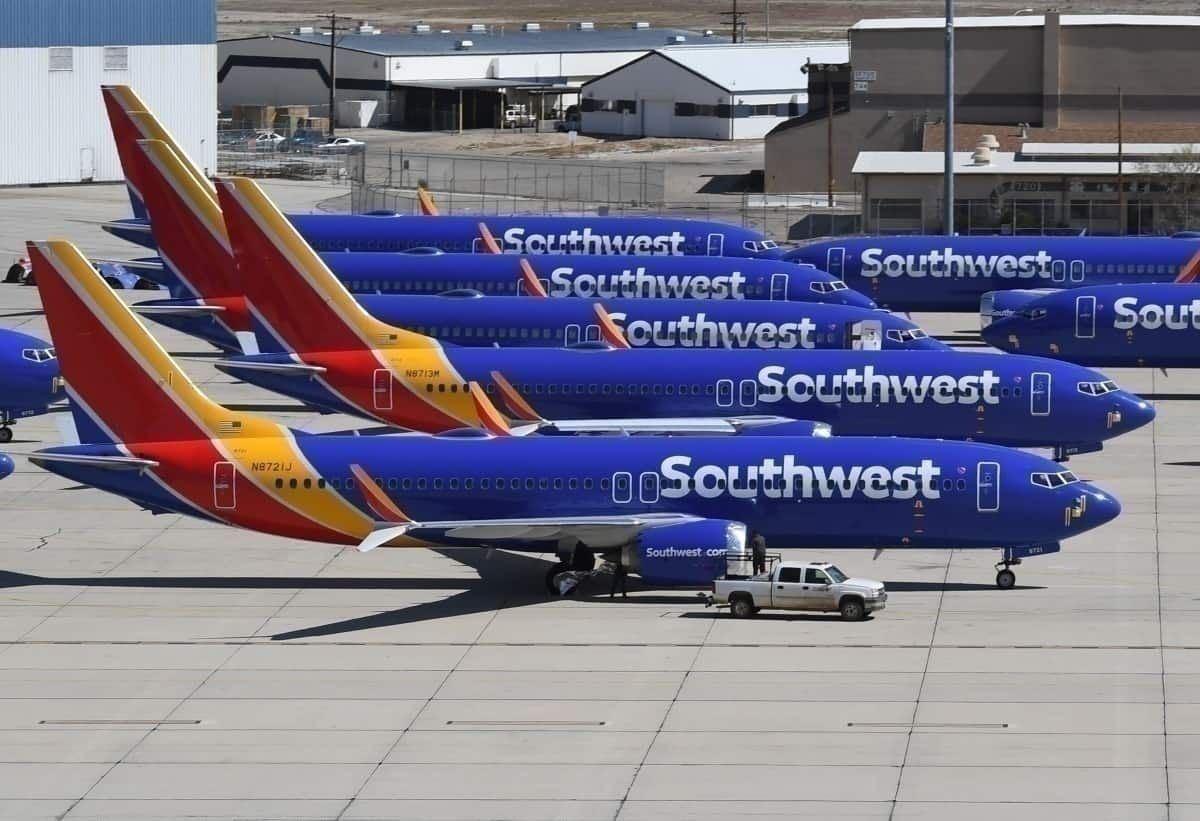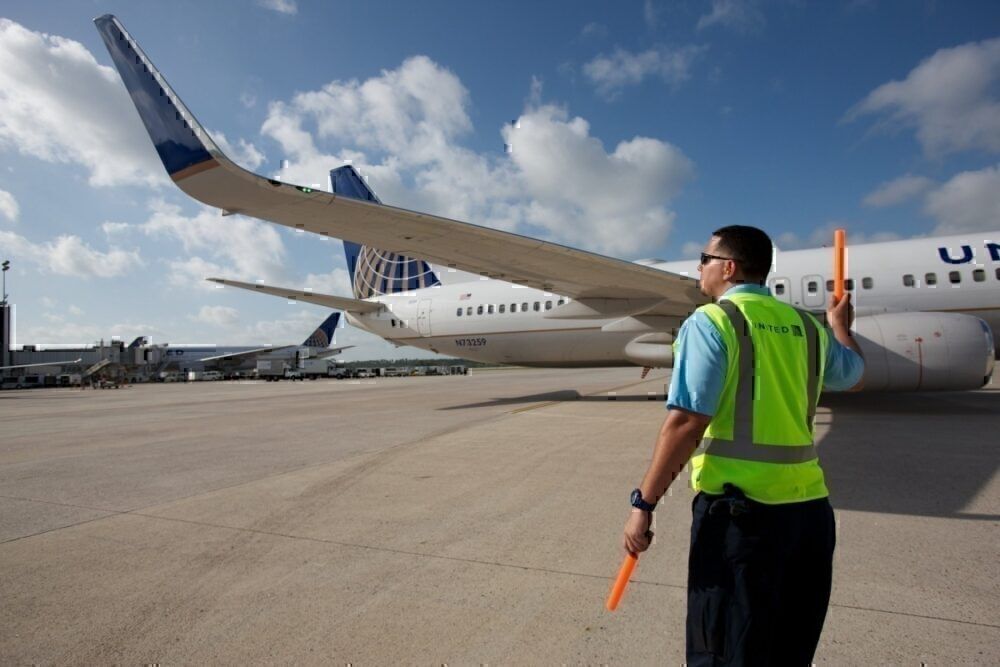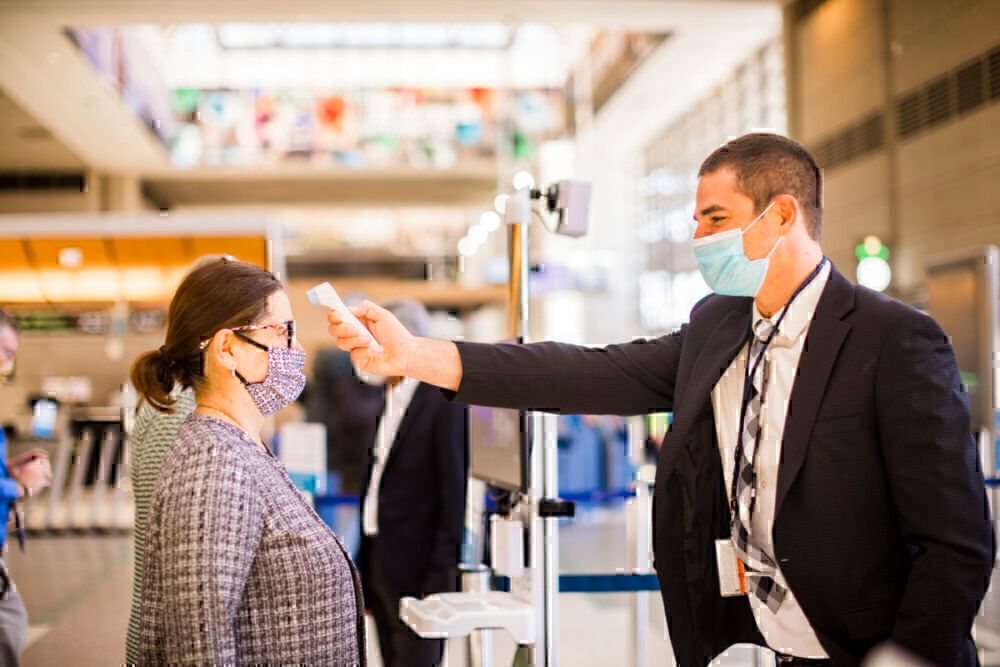With airline schedules under daily review, many domestic US fliers are experiencing multiple changes to their flights. Increasingly, we're seeing passengers being switched from direct to connecting services, often with not enough time between flights to make it work. Here's what the problem is all about, and how long you really need to connect during COVID-19.
Direct changed to connecting
As airlines shuffle schedules to accommodate peaks and troughs in demand, many passengers are seeing significant changes made to their flights, some of which are rather unwelcome. The biggest bug-bear for COVID conscious travelers is having a direct flight morphed into a connecting itinerary.
Several passengers have taken to Twitter to express their frustration, in particular with Southwest Airlines, who appear to be one of the worst offenders for changing out booked flights.
The airline puts this down to an outcome of its social distancing policy. It says that, in order to keep passengers lightly packed, it is sometimes necessary to make schedule adjustments.
However, some of Southwest's connections have led to impossible situations. As reported on Wednesday by USA Today, a number of the airline's customers have received updated itineraries with inconceivable transfer times, or even entirely conflicting flights.
Consumer travel reporter for USA Today, Dawn Gilbertson, uncovered the story, finding that one family had their flights rescheduled with just 10 minutes between flights. Worst still, that 10-minute gap saw the connecting flight departing before the original flight had even landed.
In another case, passengers were given connections to flights that took off as much as an hour before their first flight landed. Southwest said this was due to the reservation system working through options to make the journey happen and told customers to call in directly to rearrange travel with a human being.
A widespread problem
Changing direct to connecting seems to be fairly widespread. Most of the big airlines have been juggling their published schedules over the past few weeks, and for some, their changes haven't gone down well with fliers.
One social media user even suggested that these changes were being done on purpose to fundraise for the airline. They mused that perhaps airlines were selling tickets for direct flights that would never take place, and then changing them to connecting itineraries with unappealing timings. This in the hope that passengers would simply cancel and then the airline could take their time with a refund.
We'd say that's a bit far-fetched. Its doubtful airlines would deliberately want to upset their customers during this time of rebuilding. It's far more likely that they are simply required to adjust, tweak and twiddle their services time and again in order to manage capacity and traveler demand.
So how long do you need?
If your direct flight has been changed for a connecting service, chances are you're going to need a good window of time between landing and taking off again. Pre-COVID, the rule of thumb for US domestic flights was to leave at least an hour, but given the uncertainty of the travel process at the current time, this window should be at least doubled.
With flight schedules constantly changing, enhanced cleaning between turns and new boarding process to contend with, there is an increased risk of a delay to your first flight. Delays mean a missed slot, so if you're flying out of or into a large, congested airport, a short delay can quickly escalate into one of an hour or more.
Passengers will need to factor in transit time between gates as well. The bigger the airport, the longer it's likely to take to move from your arrival gate to your departure gate. Airport protocols such as temperature checks and social distancing could well make transit more time consuming than usual, so allow plenty of time.
While it remains your own decision whether to accept a connecting itinerary or not, making sure you have a large, flexible window between flights will make the whole situation a lot less stressful.
Did you get your flight switched to connecting? Will you fly? Let us know in the comments.



